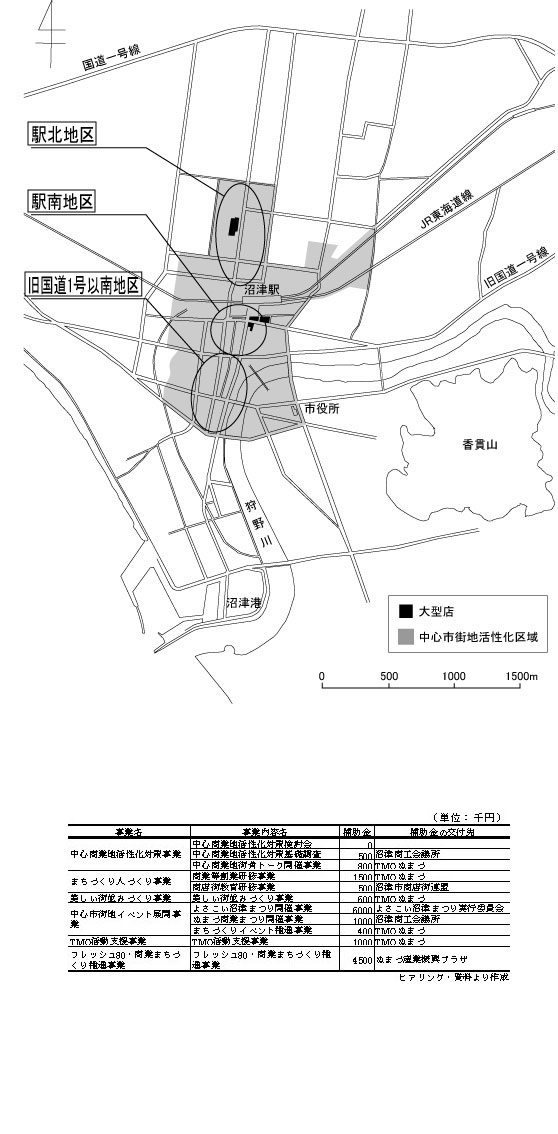2004年度日本地理学会秋季学術大会
選択された号の論文の189件中151~189を表示しています
-
p. 151
発行日: 2004年
公開日: 2004/11/01
-
p. 152
発行日: 2004年
公開日: 2004/11/01
-
p. 153
発行日: 2004年
公開日: 2004/11/01
-
p. 154
発行日: 2004年
公開日: 2004/11/01
-
p. 155
発行日: 2004年
公開日: 2004/11/01
-
p. 156
発行日: 2004年
公開日: 2004/11/01
-
p. 157
発行日: 2004年
公開日: 2004/11/01
-
p. 158
発行日: 2004年
公開日: 2004/11/01
-
p. 159
発行日: 2004年
公開日: 2004/11/01
-
p. 160
発行日: 2004年
公開日: 2004/11/01
-
p. 161
発行日: 2004年
公開日: 2004/11/01
-
p. 162
発行日: 2004年
公開日: 2004/11/01
-
p. 163
発行日: 2004年
公開日: 2004/11/01
-
p. 164
発行日: 2004年
公開日: 2004/11/01
-
p. 165
発行日: 2004年
公開日: 2004/11/01
-
p. 166
発行日: 2004年
公開日: 2004/11/01
-
p. 167
発行日: 2004年
公開日: 2004/11/01
-
p. 168
発行日: 2004年
公開日: 2004/11/01
-
p. 169
発行日: 2004年
公開日: 2004/11/01
-
p. 170
発行日: 2004年
公開日: 2004/11/01
-
p. 171
発行日: 2004年
公開日: 2004/11/01
-
p. 172
発行日: 2004年
公開日: 2004/11/01
-
p. 173
発行日: 2004年
公開日: 2004/11/01
-
p. 174
発行日: 2004年
公開日: 2004/11/01
-
p. 175
発行日: 2004年
公開日: 2004/11/01
-
p. 176
発行日: 2004年
公開日: 2004/11/01
-
p. 177
発行日: 2004年
公開日: 2004/11/01
-
p. 178
発行日: 2004年
公開日: 2004/11/01
-
p. 179
発行日: 2004年
公開日: 2004/11/01
-
p. 180
発行日: 2004年
公開日: 2004/11/01
-
p. 181
発行日: 2004年
公開日: 2004/11/01
-
p. 182
発行日: 2004年
公開日: 2004/11/01
-
p. 183
発行日: 2004年
公開日: 2004/11/01
-
p. 184
発行日: 2004年
公開日: 2004/11/01
-
p. 185
発行日: 2004年
公開日: 2004/11/01
-
p. 186
発行日: 2004年
公開日: 2004/11/01
-
p. 187
発行日: 2004年
公開日: 2004/11/01
-
p. 188
発行日: 2004年
公開日: 2004/11/01
-
p. 189
発行日: 2004年
公開日: 2004/11/01











